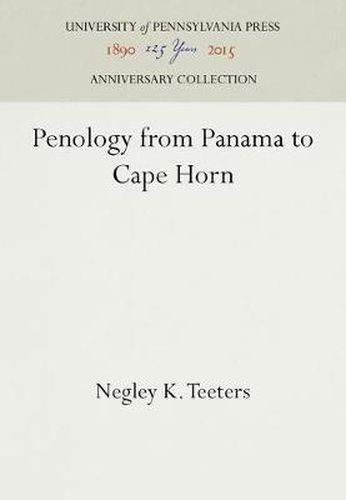Readings Newsletter
Become a Readings Member to make your shopping experience even easier.
Sign in or sign up for free!
You’re not far away from qualifying for FREE standard shipping within Australia
You’ve qualified for FREE standard shipping within Australia
The cart is loading…






This title is printed to order. This book may have been self-published. If so, we cannot guarantee the quality of the content. In the main most books will have gone through the editing process however some may not. We therefore suggest that you be aware of this before ordering this book. If in doubt check either the author or publisher’s details as we are unable to accept any returns unless they are faulty. Please contact us if you have any questions.
This comprehensive and factual study of the penal systems of South America is the outgrowth of an extended tour made by the author in 1944. The countries visited include: Panama; Colombia, which has the most rational program of productive prison labor; Ecuador, where there is no penal philosophy or prison system worthy of the name ; Peru; Bolivia, with prisons and penal philosophy the most benighted of any country visited ; Chile, which maintains the worst large city jail ever seen in Santiago; Argentina, which with Brazil stands in the foreground as far as prison construction is concerned; and Brazil, where there is real leadership in both adult penology and child care.
The author’s observations and discussions with leading men in the field, his knowledge of the history behind the present penal cods and institutions, and his understanding of the social, economic, and biological factors leading to crime make this a very illuminating account. There are detailed descriptions of the extremes of good and bad penal administration that may exist even within the same city, the generally sordid treatment of women prisoners who are not cared for in church-operated institutions, and the almost universal system of housing dependent and neglected minors in the same institutions as delinquent children.
This book will be of interest not only to those who have a special knowledge of the field but to those who have little previous experience with the subject. There are ten photographs of prisoners that are described in detail by the author and a line-map of the penal institutions of South America.
$9.00 standard shipping within Australia
FREE standard shipping within Australia for orders over $100.00
Express & International shipping calculated at checkout
This title is printed to order. This book may have been self-published. If so, we cannot guarantee the quality of the content. In the main most books will have gone through the editing process however some may not. We therefore suggest that you be aware of this before ordering this book. If in doubt check either the author or publisher’s details as we are unable to accept any returns unless they are faulty. Please contact us if you have any questions.
This comprehensive and factual study of the penal systems of South America is the outgrowth of an extended tour made by the author in 1944. The countries visited include: Panama; Colombia, which has the most rational program of productive prison labor; Ecuador, where there is no penal philosophy or prison system worthy of the name ; Peru; Bolivia, with prisons and penal philosophy the most benighted of any country visited ; Chile, which maintains the worst large city jail ever seen in Santiago; Argentina, which with Brazil stands in the foreground as far as prison construction is concerned; and Brazil, where there is real leadership in both adult penology and child care.
The author’s observations and discussions with leading men in the field, his knowledge of the history behind the present penal cods and institutions, and his understanding of the social, economic, and biological factors leading to crime make this a very illuminating account. There are detailed descriptions of the extremes of good and bad penal administration that may exist even within the same city, the generally sordid treatment of women prisoners who are not cared for in church-operated institutions, and the almost universal system of housing dependent and neglected minors in the same institutions as delinquent children.
This book will be of interest not only to those who have a special knowledge of the field but to those who have little previous experience with the subject. There are ten photographs of prisoners that are described in detail by the author and a line-map of the penal institutions of South America.